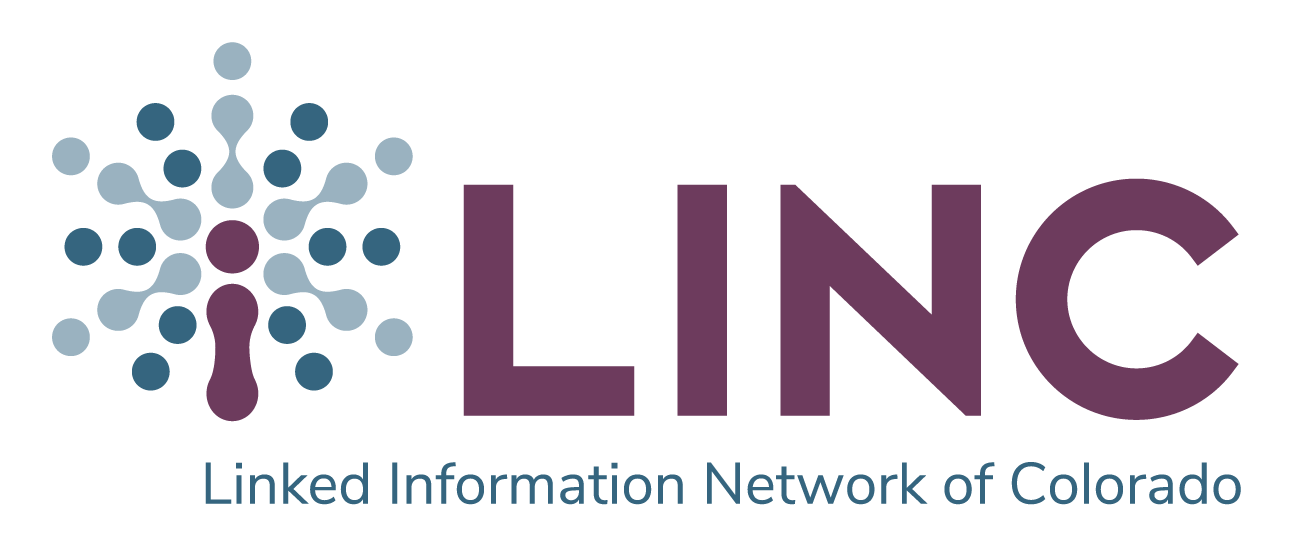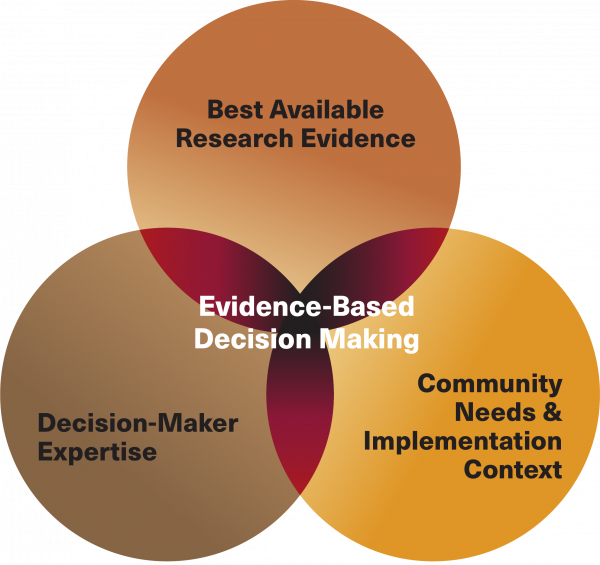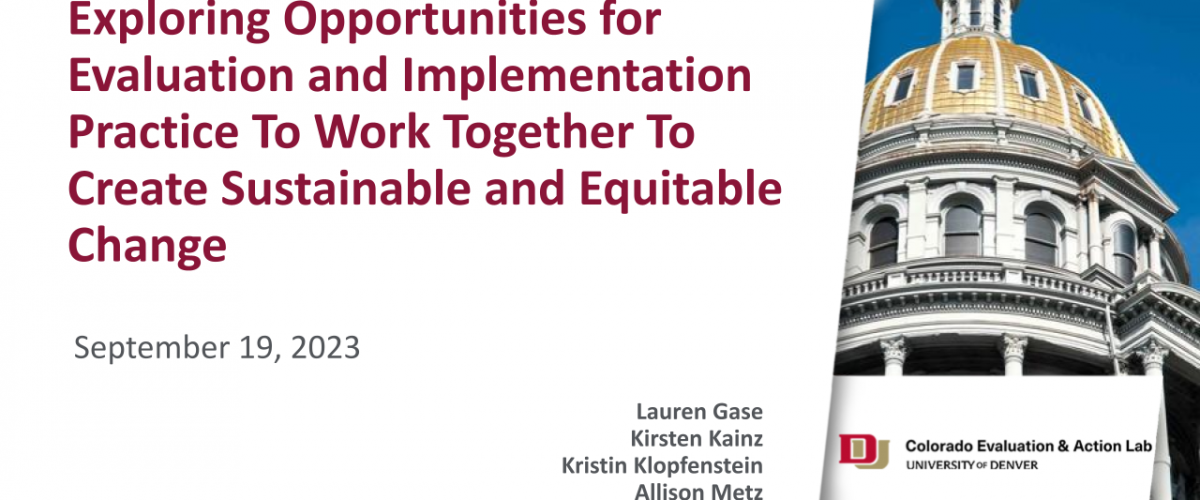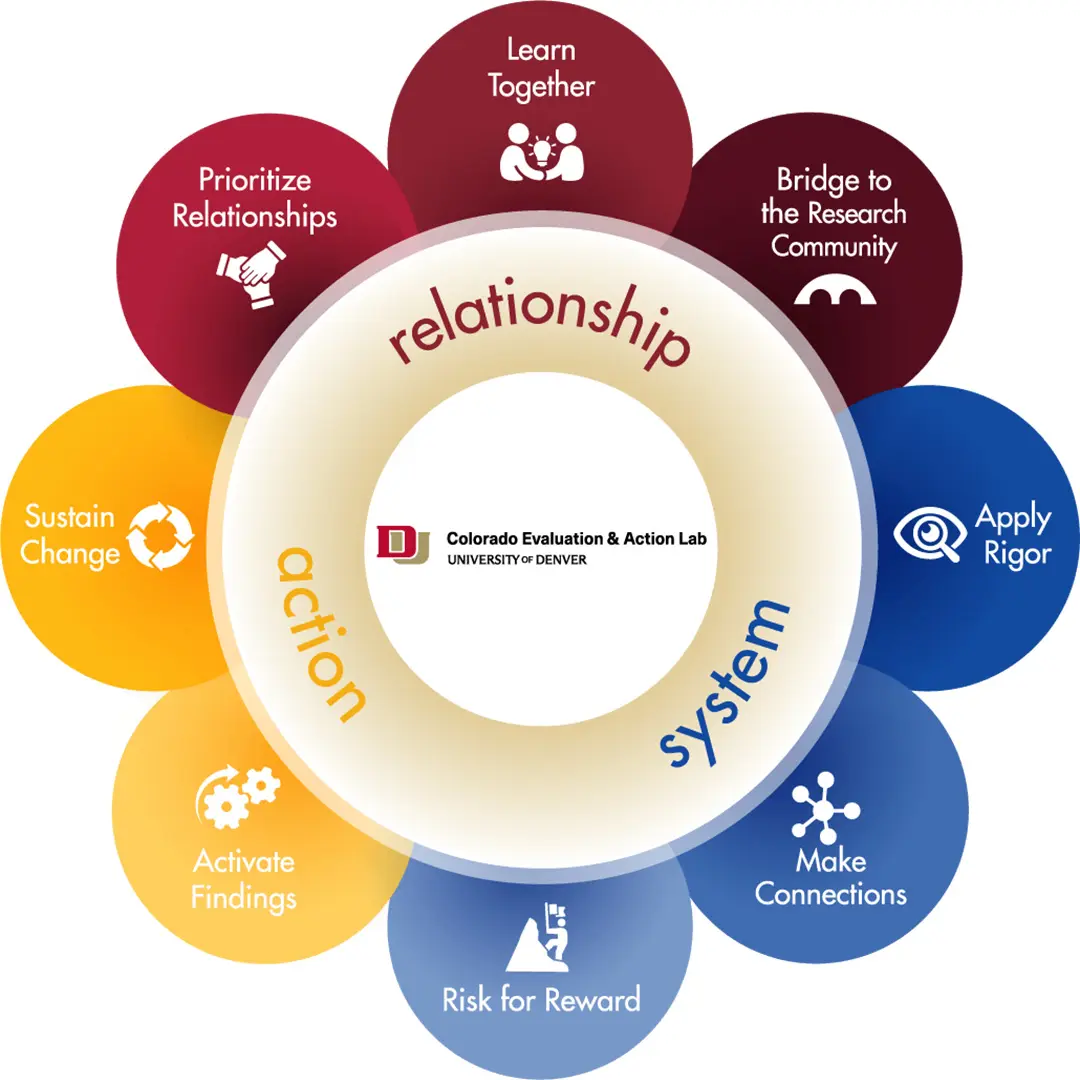LINC 5th Anniversary Series – Partnership

Co-Creation Approach Provides Solid Foundation for LINC
This post is part of our special blog series to mark the fifth anniversary of LINC. LINC helps state agencies and organizations respond to complex societal needs by securing and providing research-ready data from multiple systems.
In this series, our partners share what they value about LINC, how they use the cross-sector data resources, and the difference their LINC-informed work is making in the lives of Coloradans.
“In the last 18 months, the number of state agencies partnering with LINC has doubled, and the number of LINC-informed projects being conducted has tripled,” said Dr. Whitney LeBoeuf, Director of the Linked Information Network of Colorado (LINC). “We have passed the tipping point, moving from growing knowledge about LINC and reaching out to state agencies about becoming partners, to agencies and researchers coming to us. There are more projects from state agencies than we ever expected, which is really exciting.”
Dr. LeBoeuf attributes this growth to the public-private partnership that supports LINC, and the iterative, inclusive approach the team used to establish LINC
The Governor’s Office of Information Technology and the Colorado Evaluation and Action Lab partner to support LINC. “LINC’s public-private partnership allowed it to launch with fewer bureaucratic barriers than other states and counties have experienced. This also means that all LINC partners get to share its successes,” Chris Kingsley told the journal Policy & Practice. Kingsley is Director of Data Tools and Measurements at the Annie E. Casey Foundation, a national funder of Actionable Intelligence for Social Policy, which provided technical assistance to support the creation of LINC.
In its earliest days, the LINC design team spent considerable time meeting one-on-one with agency leadership, data privacy officers, and others. “We were really careful to test, modify, and prove how LINC works in terms of both partnership and the technicalities of cross-sector data. Once we had completed a few projects, we had partners who trusted our process,” Dr. LeBoeuf said.
“I talked often with Dr. LeBoeuf about the need to connect data in responsible ways across state government and among agencies to answer different questions. We had devoted a lot of effort to this but couldn’t get at what researchers really needed to dive into a question in a robust way to inform policy,” said Michael Vente, Chief Performance Officer and Senior Director of Research and Data Governance at the Colorado Department of Higher Education.

LINC Partners
The LINC network now includes 31 state and local government agencies and nonprofit organizations. Each partner has an improved ability to learn from shared data across multiple systems to answer complex policy and program questions.

Like LINC data partners, researchers value the increased ease of accessing reliable data from across multiple agencies. “The people we study touch multiple systems—they’re impoverished, at risk, and low income. The power of being able to link administrative data across multiple systems is critical as we research how to overcome those barriers to move women, children, youth, and families out of poverty,” said Lanae Davis, Senior Research Associate for the Center for Policy Research.

“I’m grateful we had the opportunity to benefit from the wisdom of so many state leaders to create and establish LINC,” said Dr. LeBoeuf. “I believe their investment in helping to form LINC will continue to pay off, particularly given Colorado’s strong commitment to evidence-based decision making for policymaking.”
Learn more about the benefits of LINC partnership and what’s required to become a partner at lincolorado.org.
Next month we highlight how LINC has helped projects have a meaningful impact. We invite you to follow the blog series and visit lincolorado.org to learn more.













